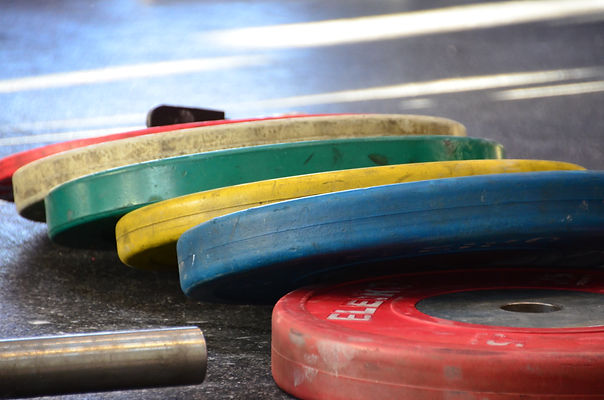Predictors of Sports Speed
- Dave McDowell
- Dec 6, 2016
- 2 min read
Sports speed is perhaps one of the most coveted qualities in athletics. Faster athletes get to the ball quicker, and score more goals. Just about every athlete I have ever worked with has asked to be faster and for good reason every sport needs speed.
When we look at speed we are constantly searching for the holy grail of speed development. Researchers are constantly testing correlations of different exercises, tests, and anthropometrics in hopes of determining what is most important for sports speed development.
Common sense would tell us that athletes who are lighter will generally sprint faster than those who are not. However how can we predict sprinting speed in groups of athletes who are relatively the same size example a soccer team. Maximal relative lower body strength has been shown as a strong predictor in this instance of sprinting speed. This has been shown in a variety of athletes and it is generally well accepted that athletes who are relatively stronger will sprint faster than those who are not. While this is a good method performing 1RM testing in large groups presents a set of challenges that are not easily overcome for the average coach. Some coaches even frown upon the idea of doing maximal strength testing with their players as they do not see the risk of injury outweighing the potential data that they would get from the tests. For this reason a combination of anthropometric and power based data has been used when looking at sprinting speeds.

A Recent study published in Research in Sports Medicine Journal aimed to evaluate the predictive ability of power and anthropometric based tests on sprinting speed. This study used 181 high level greek soccer players between the ages of 18 and 29 years old. These athletes were separated into groups based on their 20m sprint times. Athletes with similar sprint times were put into the same groups for analysis.
Height, weight, and body fat percentage was then evaluated with each athlete. Also, each player completed vertical jumps, and a wingate anaerobic test. These variables were then statistically analyzed for any similarities intra group, or between groups.
The results of this study showed small positive relationships between anthropometrics and 20m sprint times. In this particular group younger, shorter, leaner and lighter athletes tended to be faster. This relationship was very small. Vertical jumps, and peak power as measured by the wingate test had a much more significant relationship to sprinting speeds. In all tests measured the vertical jump was the most correlated to sprinting speed. Therefore based on the results of this study if space, time, or other restraints are put on the coach for testing, a simple vertical jump measurement may be a key indicative test if you are evaluating for speed.
Reference:
Nikolaidis, P. T., Ruano, M. A. G., de Oliveira, N. C., Portes, L. A., Freiwald, J., Leprêtre, P. M., & Knechtle, B. (2016). Who runs the fastest? Anthropometric and physiological correlates of 20 m sprint performance in male soccer players. Research in Sports Medicine, 1-11.








Speed in sports isn’t just about running fast — it’s about timing, reaction, and that split-second decision that changes everything. I liked how this post broke it down into real factors instead of vague “train harder” advice. Coordination and explosive power make or break an athlete. I follow game stats and live events through https://melbetcanada.net/app/, the Melbet app that lets Canadians track and bet on sports right from the phone. Watching pros use perfect mechanics in real time makes you appreciate how much science is behind every move — not just muscle, but mindset and precision.
Bro, the predictors of sports speed breakdown was fascinating. It’s crazy how much science and biomechanics go into something fans think is just “natural talent.” Canadian athletes who get this kind of analysis early in development have a massive edge. And it changes how fans see the game too. Following sports through data is a thrill, and betting platforms like https://maxxwin.org/, which combines stats, markets, and casino play in Canada, tap into that numbers-driven excitement in a really engaging way.